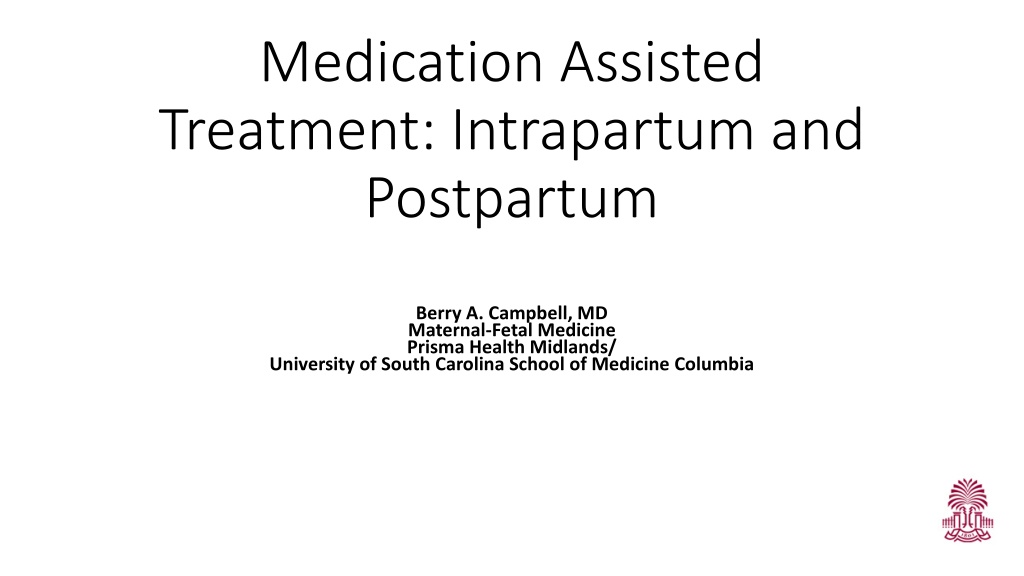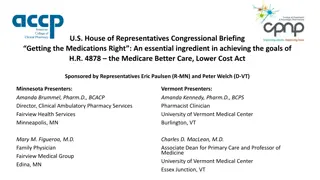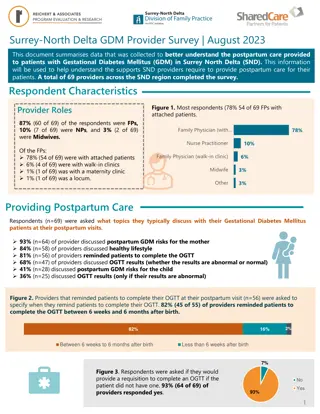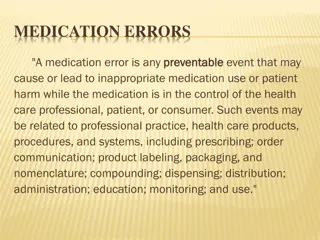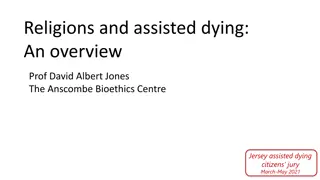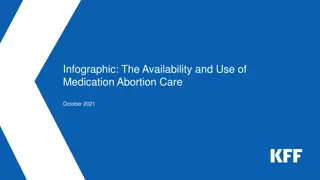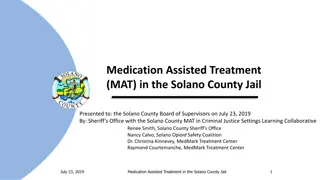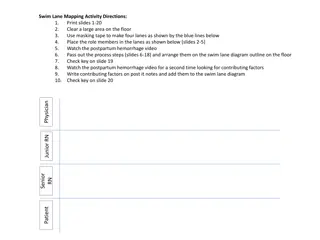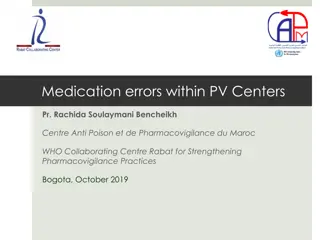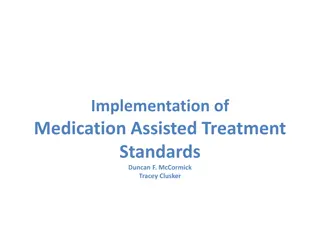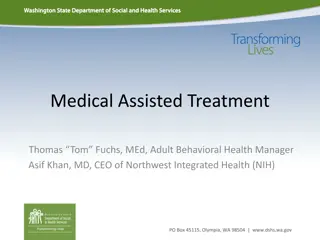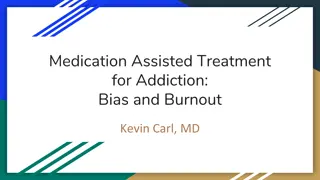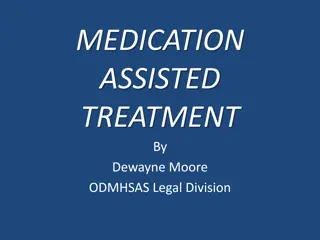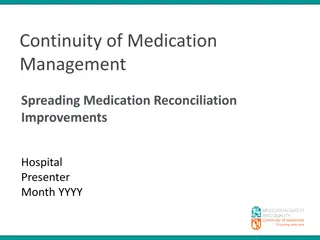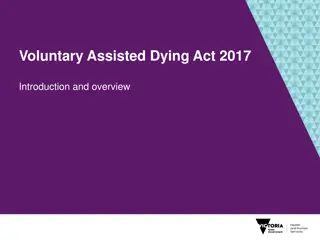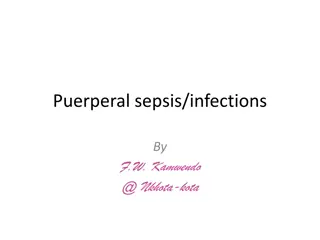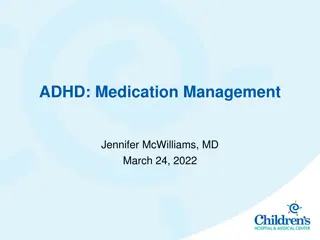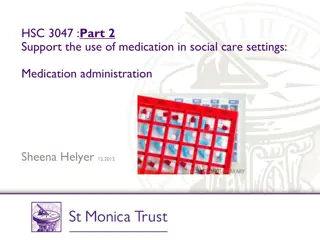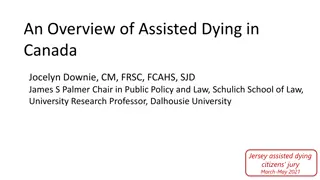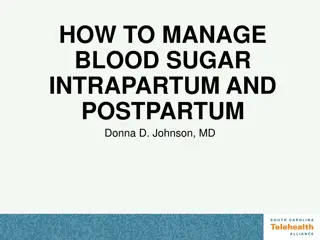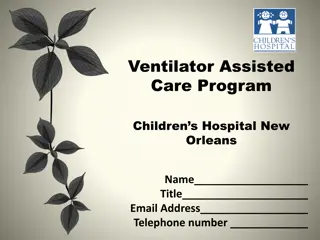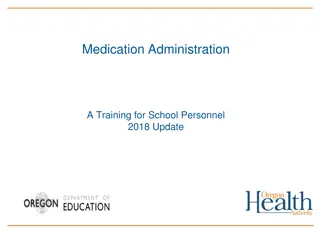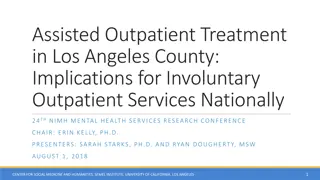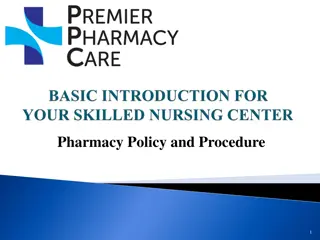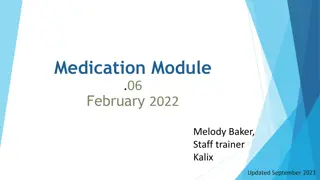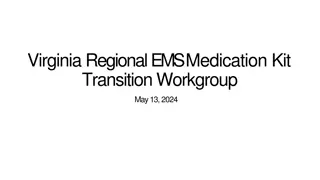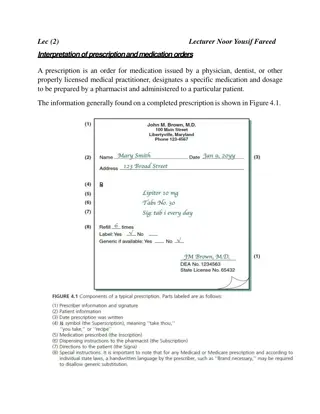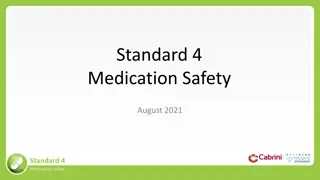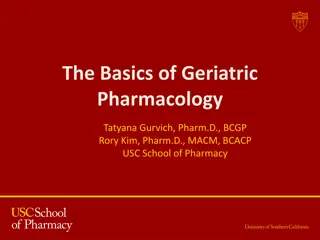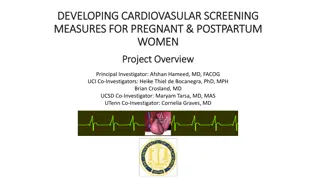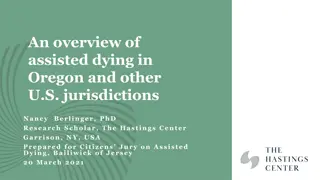Medication-Assisted Treatment in Intrapartum and Postpartum Care
Explore guidelines for medication-assisted treatment during intrapartum and postpartum periods, emphasizing pain management strategies for opioid-dependent patients. Tips include adjusting dosages, adding NSAIDs, and considering opioid agonists with high mu receptor affinity. Careful monitoring and tailored approaches are key for safe and effective pain control.
Download Presentation

Please find below an Image/Link to download the presentation.
The content on the website is provided AS IS for your information and personal use only. It may not be sold, licensed, or shared on other websites without obtaining consent from the author. Download presentation by click this link. If you encounter any issues during the download, it is possible that the publisher has removed the file from their server.
E N D
Presentation Transcript
Medication Assisted Treatment: Intrapartum and Postpartum Berry A. Campbell, MD Maternal-Fetal Medicine Prisma Health Midlands/ University of South Carolina School of Medicine Columbia
MAT MAT Pre-delivery discussion of pain management essential Vaginal delivery: Continue MAT add NSAIDs, if needed, may add opiate in hospital Cesarean section: Continue MAT add NSAIDs, Opiates as outlined Very important For Patient To Understand Tolerance
Intrapartum Care Intrapartum Care Opioid Dependent Pain meds as needed Remember tolerance increases needs Regional anesthesia best Avoid agonist/antagonists (stadol, nubain)
Intrapartum Intrapartum Continue Maintenance Therapy doses (use divided doses to aide in pain relief)
Post operative Post operative Continue maintenance doses. Use opioid therapy in addition. Toradol, acetaminophen. Buprenorphine patients require 50% more opioids for pain control.
Buprenorphine Buprenorphine Post operative Post operative Continue maintenance therapy Divide dose every 6-8 hours (max 24mg) Add opioid agonists with high mu receptor affinity (higher than usual doses may be needed) Preferred: Morphine, Fentanyl, hydromorphone (dilaudid) Avoid: Codeine, hydrocodone (Lortab, Norco)
Buprenorphine Buprenorphine Post operative Increase typical dose 2-4 mg every 8 hours (max 24 mg) In motivated patient may manage pain well
Methadone Methadone Postoperative Continue until day of surgery Continue postoperatively increased dose, split dosing typical Can substitute other pain meds higher doses needed
MAT MAT Postoperative Acetominophen Toradol Pregabalin (Lyrica) All reduce opioid need 30%
Patient Controlled Analgesia Patient Controlled Analgesia PCA basal rate may be needed Frequent setting changes Care using with other sedatives (anxiolytics)
Breastfeeding IS safe! Communicate with MAT provider before delivery and send written communication after.
